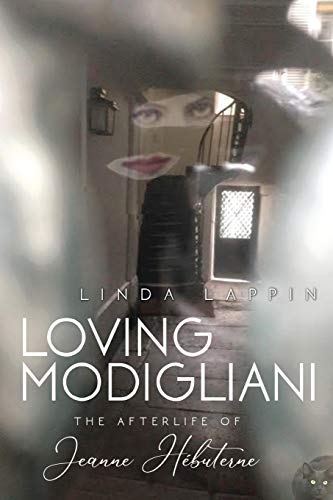Loving Modigliani: The Afterlife of Jeanne Hébuterne
On January 26, 1920, 21-year-old painter and artist’s model, Jeanne Hébuterne, fell backwards from a window, killing herself and her unborn child two days after her common-law husband, Amedeo Modigliani (Modi), died of meningitis. Her suicide was the supreme statement of her commitment and devotion.
Jeanne’s ghostly form wanders the studio she shared with Modi, watching herself readied for burial, reminiscent of the beetling shop scene in A Christmas Carol. She roams the ash-grey, rotting streets of an alternate-reality-Paris in search of Modi. She is tried and convicted of suicide and infanticide by a dead court. Slipping through a portal into Nazi Paris, she sees her lover’s nudes labelled as degenerate filth. She sits by an inky-black ‘gelatinous sea’ awaiting passage to the land of the Immortals where Modi is waiting, if he is equally ardent about her.
In 1981, an art history scholar comes across Jeanne’s diaries describing her early life, her renouncement of her family and her tempestuous relationship with Modi—perpetually intoxicated, volatile, outrageous, often unfaithful, and irresistible to all. In moments of sanity and sobriety, however, their love is profound, enviable and touchingly observed.
The novel lacks cohesiveness in places—the Gaugin interlude seems superfluous, and the chase to Rome for the missing painting becomes frenetic. That said, the zeitgeist is superbly captured; the Montparnasse artists’ clique and their Bohemian lifestyle is both exciting and repellent. The protagonists are lovingly sketched—Jeanne, a sultry beauty with lustrous hair worthy of a Rossetti painting, and exceptionally talented—is doomed to love a man fractured by his conflicted and complex nature. Jeanne’s search for Modi is heartfelt, her diaries intimate and emotional, but what stands out in such a young girl is her passion—for Modi, for art, for life. A ghost story full of mystery and intrigue, art thieves and forgeries, and a fine tribute to an artist forgotten for 100 years.










